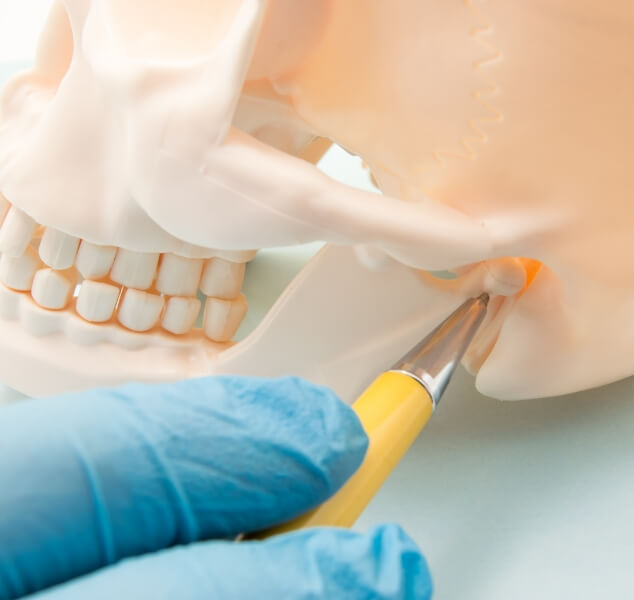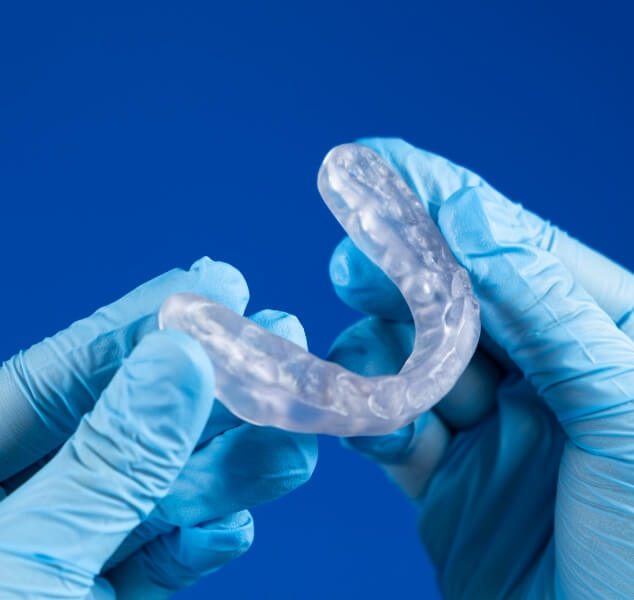TMJ Treatment Springfield
How We Can Stop Jaw Pain & Headaches
Millions of people live with chronic jaw pain and headaches and can’t seem to figure out why, even after visiting multiple doctors. Does this include you? The culprit might be a dysfunctional jaw joint, the temporomandibular joint (TMJ). Addressing this often-undiagnosed issue is the key to lasting relief for many patients, and Dr. Gramse can help you finally enjoy pain-free days using a variety of conservative and tailored TMJ treatments in Springfield detailed below.
Why Choose Dr. Laura Gramse Family Dental Care for TMJ Treatment?
- Trusted by Springfield & Palmer for 25+ Years
- Fast Relief with BOTOX Treatment
- Friendly, Warm, & Kind Dental Team
Symptoms of TMJ Problems

Because the muscles of the jaw are so interconnected with the face and neck, problems with the joint can lead to a broad range of symptoms:
- A sore or stiff jaw
- A jaw that becomes stuck opening or closing
- Constant popping and clicking in the jaw
- Frequent headaches/migraines
- Nighttime teeth grinding
- A bite that is uneven or feels “off”
- Ear pain
- Neck pain
- Shoulder pain
TMJ Treatment Options

After evaluating your TMJ and bite to determine what is causing your symptoms, Dr. Gramse can use two kinds of TMJ treatments to stop your problems in both the short and long term…
Occlusal Splints

An occlusal splint is a type of mouthpiece a patient only wears to bed, and it accomplishes a few things. It aligns the bite, allowing strained or overworked jaw muscles to finally relax, and it also protects the teeth from unconscious grinding. Over time, the jaw will “learn” to stay in its new resting position, meaning a patient shouldn’t experience recurring symptoms after a few weeks or months of consistent use.
BOTOX® Injections

While an occlusal splint might take a little time before a patient starts to notice the benefits, a BOTOX injection into overactive and strained muscles can help stop TMJ-related pain in just a day or two. The procedure takes less than ten minutes, results should become apparent fairly quickly, and they can be trusted to last for about three to four months.



